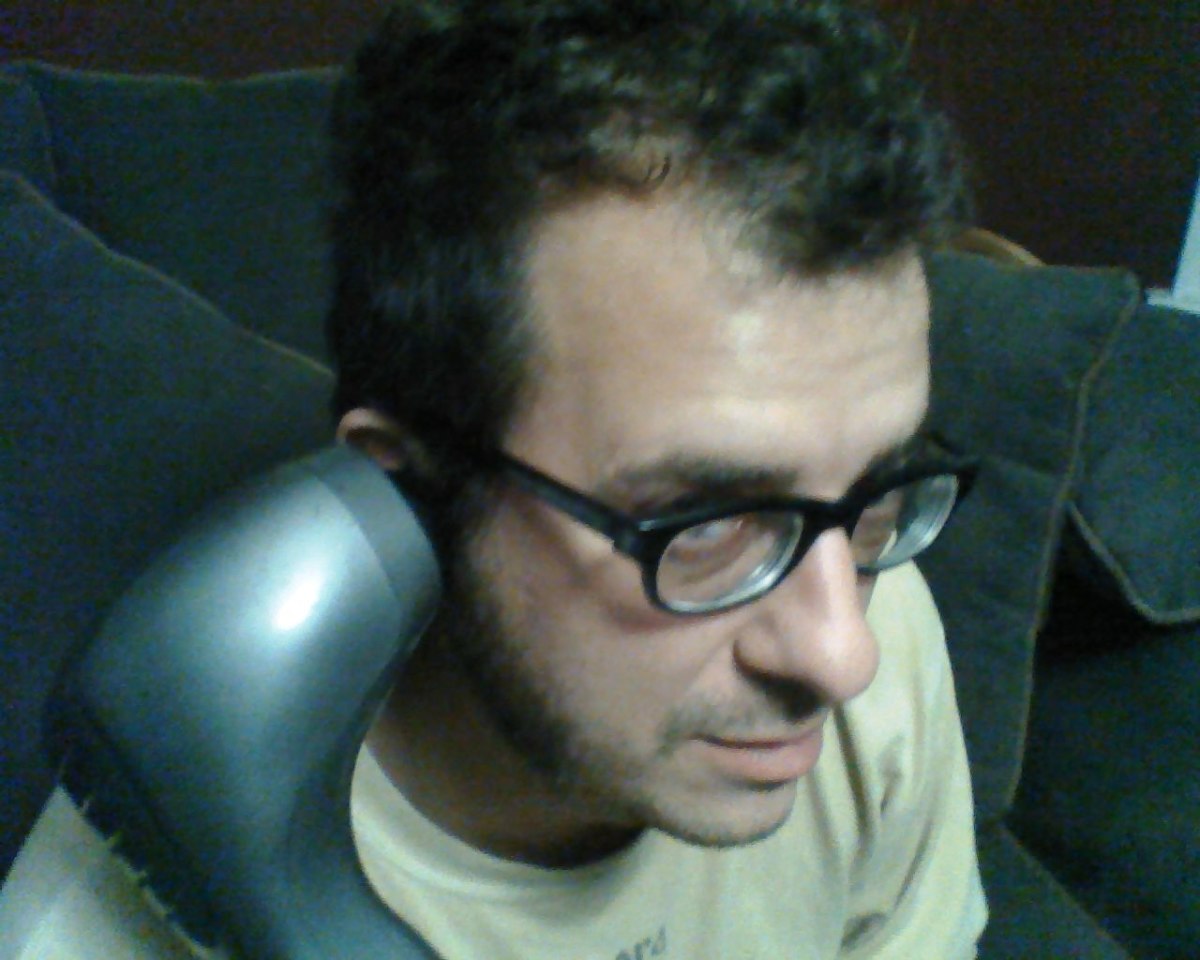TMJ Symptoms
Do You have TMJ Symptoms?
Do you suffer from clicking, popping or grating sounds in the jaw joint? Is it uncomfortable to open your mouth when talking or eating? Or does your jaw lockup on you when you open your mouth? Then you might be suffering from TMJ.
What is TMJ or TMJDs?
Temporomandibular joint and muscle disorders (TMJDs) refer to a set of conditions that can cause pain in the area of the jaw joint and associated muscles and/or problems using your jaw. Both or just one of your TM joints may be affected. TMJDs can affect a your ability to speak, eat, chew, swallow, make facial expressions, and even breathe.
"TMJ" stands for TemporoMandibular Joint, or the jaw joint. You have two TMJs, one in front of each ear, which connect the lower jawbone to the skull. The joints allow movement up and down, side to side, and forward and back-everything necessary for biting, chewing and swallowing food and for speaking.
If you place your fingers just in front of your ears and open your mouth, you can feel the joint and its movement. When you open your mouth, the rounded ends of the lower jaw (condyles) glide along the joint socket of the temporal bone. The condyles slide back to their original position when you close your mouth. To keep this motion smooth, a soft disc lies between the condyle and the temporal bone. This disc absorbs shock to the temporomandibular joint from chewing and other movements. Of course things don't always work smoothly and problems and disorders may occur.
TMJ disorders fall mainly into three categories. It's possible for you to have one or more of these conditions at the same time:
- Myofascial pain: This is discomfort or pain in the muscles that control jaw your function. It can also extend to the muscles in your neck and shoulders.
- Internal derangement of the joint: This involves displacement of the disc that acts as a cushion between your skull and lower jaw.
- Inflammatory joint diseases: Various forms of Arthritis can affect the joint. In addition, Synovitis, an inflammatory condition of the synovial membrane can also cause TMJ. The synovial membrane lines the joint and produces a fluid that lubricates the joint
What are the different TMJ Symptoms?
- Pain in the facial muscles and jaw joints may radiate to the neck or shoulders. Joints may be overstretched. You may experience muscle spasms from TMJ. You may feel pain every time you talk, chew, or yawn. Pain usually appears in the joint itself, in front of the ear, but it may move elsewhere in the skull, face, or jaw.
- TMJ may cause ear pain, ringing in the ears and even hearing loss. Sometimes people mistake TMJ pain for an ear problem, such as an ear infection, when the ear is not the problem at all.
- When the joints move, you may hear sounds, such as clicking, grating, and/or popping. Others may also be able to hear the sounds. Clicking and popping are common. This means the disc may be in an abnormal position.
- Your face and mouth may swell on the affected side.
- The jaw may lock wide open (then it is dislocated), or it may not open fully at all. Also, upon opening, the lower jaw may deviate to one side. You may find yourself favoring one painful side or the other by opening your jaw awkwardly. These changes could be sudden. Your teeth may not fit properly together, and your bite may feel odd.
- You may have trouble swallowing because of the muscle spasms.
- Headache and dizziness may be caused by TMJ. You may feel nauseous or vomit.
What Causes TMJ?
Not all the causes are known. But, some possible causes include injuries to the jaw area, various forms of Arthritis, genetics, hormones, low-level infections, auto-immune diseases. TMJ may also be due external causes such as:
- Modification of the surfaces of the teeth because of dentistry or accidental trauma.
- Over-opening the jaw beyond its range.
- Sleeping on one's stomach causing strain on the face, neck and lower jaw.
- Speech habits resulting in jaw thrusting.
- Excessive gum chewing or nail biting.
- Excessive jaw movements associated with exercise.
- Repetitive unconscious jaw movements associated with clenching or grinding your teeth.
- Size of foods eaten.
Is there anything I can do to alleviate my TMJ Symptoms?
If your jaw is locked open or closed, go to a hospital's emergency department.
- The open locked jaw is treated by sedating you to a comfortable level. Then the mandible is held with the thumbs while the lower jaw is pushed downward, forward, and backward.
- The closed locked jaw is treated by sedating you until you are completely relaxed. Then the mandible is gently manipulated until the mouth opens.
However, if you're like most suffers, your TMJ symptoms are temporary and last only weeks or months, simple care is all that is usually needed to relieve the discomfort:
- Eating soft foods.
- Applying ice or moist heat .
- Avoiding extreme jaw movements (such as wide yawning, loud singing, and gum chewing)
- Anti-inflammatory pain medications such as aspirin or acetaminophen (Tylenol) or ibuprofen (Motrin, Aleve) may ease the pain of TMJ
In rare instance if your symptoms severe and you're not finding relief from the treatments suggested above, there are several irreversible surgical treatments available:
- Manual adjustment of the bite by grinding the teeth.
- Mandibular repositioning splints which move the jaw, ligaments and muscles into a new position.
- Extensive dental work such as crown and bridge work to balance the bite.
- Orthodontics
- Surgical procedures
- Replacement of the jaw joint(s) or disc(s) with TMJ implants should be considered only as a treatment of last resort. TMJ implants are intended to improve jaw function. Pain alone is not a reason to undergo a TMJ replacement procedure; often, after surgery, the pain level stays the same or even increases.
Most people find that simply eating soft foods and pain medication isn't quite enough, while surgery is too intrusive and unnecessary. Chances are you'll find that the solution that's right for you lies somewhere in the middle.







